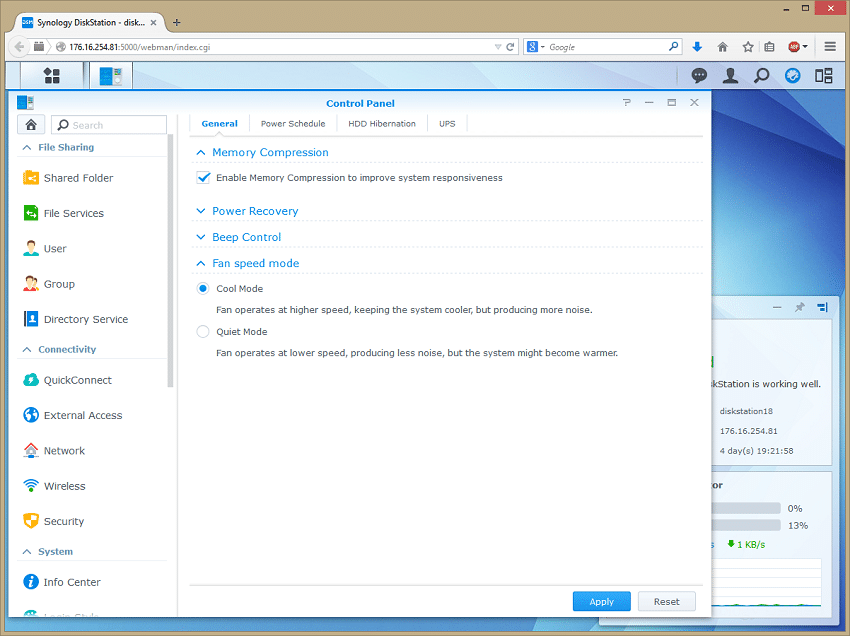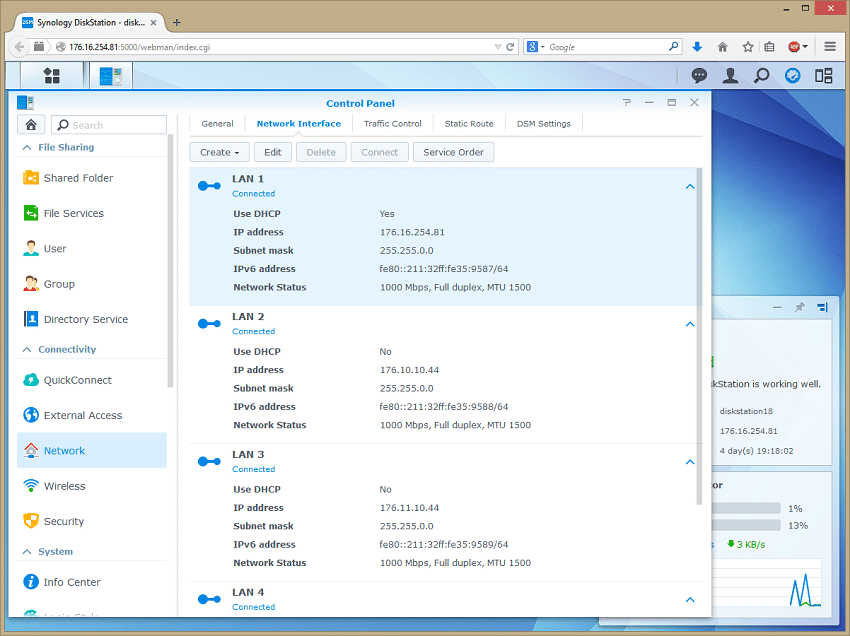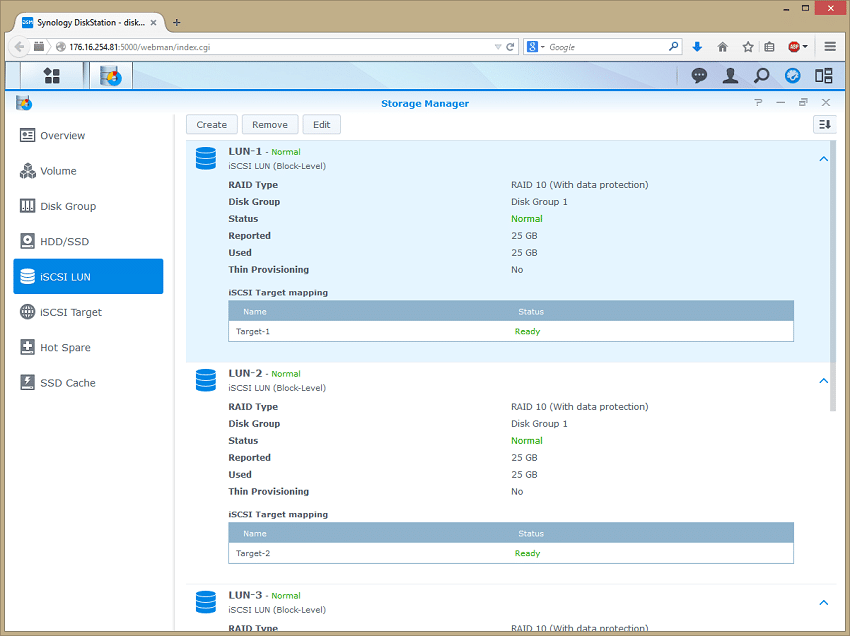One of the frequent routines we go through in the NAS Test Lab (1GbE) is preparing a variety of consumer SOHO and small enterprise NAS platforms for benchmarking. While this is sometimes brought up in individual reviews, the testing process behind the scenes allows us to put each system's best foot forward with an infrastructure in place that doesn't interfere with that goal. To that end in this glimpse into the test lab we show you how we go about configuring one of the systems that recently went through our benchmarking process.
Below are the guidelines we follow when configuring a NAS going through the test lab:
- Leverage RAID10 in even-number bay NAS units for peak performance (RAID5 for 5-bay models)
- Configure 1 iSCSI LUN or CIFS share per networking port
- Disable drive spin-down settings on the NAS during testing
- When possible, set NAS cooling fans to maximum allowed

When it comes time to configure networking, we forego LAG or MPIO in favor of one share/LUN per an IP address:

- Share/LUN1: 176.16.0.x
- Share/LUN2: 176.10.0.x
- Share/LUN3: 176.11.0.x
- Share/LUN4: 176.12.0.x

Once the shares are connected and the iSCSI LUNs are attached, we point our virtualized FIO LoadGen at the system to kick the tires and make sure the system operates in a way we'd expect. This is a quick subset of our traditional tests where we verify sequential and random speeds are in somewhat expected ranges before we start our formal tests. Once those check out we sit back while the system undergoes a day of testing per drive group configuration!




 Amazon
Amazon